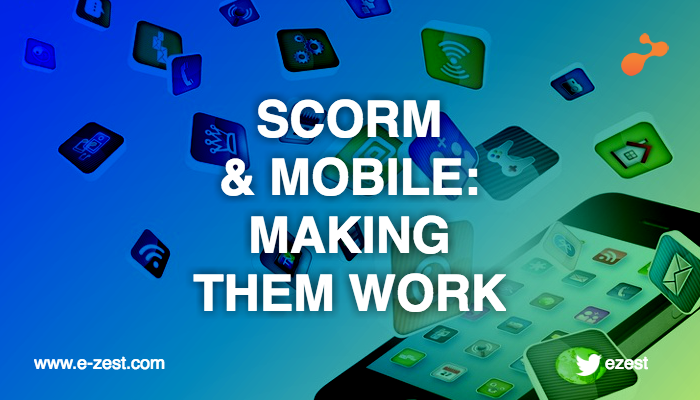
SCORM’s most important promise lies in content portability. The idea was to have a standard that allows instruction designers, LMSs and learners to seamlessly integrate into one learning experience. SCORM was able to discharge its promises diligently up to a point in time. The growth of the World Wide Web allowed learners to truly access content anytime, anywhere. SCORM courses became the de facto standard of e-learning. If you were doing SCORM, it was pretty easy for you to serve your learners in different parts of the world.
The mobile device started as a much needed means of communication. But it brought in a different paradigm of content usage and consumption. It was suddenly possible to consume content in these small hand-held devices than large, whirring machines. Experts quickly and correctly predicted that mobile users would one day overtake their desktop counterparts. The mobile phone also started becoming the first computer for an increasing number of people.
If the SCORM and mobile worlds are analyzed, we see harmony in their end goals. The mobile medium is always aimed at increasing portability. SCORM has Shareable standing for the first S in it. Yet, when these two meet, the results are not harmonious. A SCORM course doesn’t work readily on a mobile device. A course, if somehow ported to it, can have issues of rendering and adapting to a screen-size. Not to forget, the SCORM would have no way to talk to the LMS to convey its tracking parameters. This is the present day scenario.
But the worlds of SCORM and mobile must work with each other, if e-learning is going to get its due adoption in this new age. SCORM on mobile will go from becoming an idea to being a necessity to impart a contiguous learning experience.
The first issue of making SCORM size to mobile can be solved by a mix of design and development. SCORM courses in certain popular platforms (like StoryLine) can be ‘ported’ to the phone. This means, the course that is obtained after exporting a SCORM package, can at least render decently on a tablet device. It is up to the collaboration between the UI designers and the instruction designers then to either re-design the course for mobile or ensure the course runs by fitting on the screen (this could be apt for purely quiz-like courses).
The redesign of courses could be an expensive affair, but its benefits are aplenty, when we see the course being adopted more rapidly by modern learners.
The other part of the problem is making sure that the SCORM packages talk to the LMS. This can be achieved by incorporating various wrappers around the core SCORM package. These wrappers can take the parameters that SCORM already tracks and find a way to send them to the LMS directly. The SCORM Offline Player for e-Zest is one such wrapper, for example. It is also a good idea to involve the technical leadership of the LMS in question to make sure that LMS has the necessary APIs to be communicated with.
SCORM and mobile are indeed made to work with each other. Their designers did not anticipate for this match-making to happen which is why we have the challenges we see. But making them work, with a continuous learning experience is the way ahead for e-learning.






